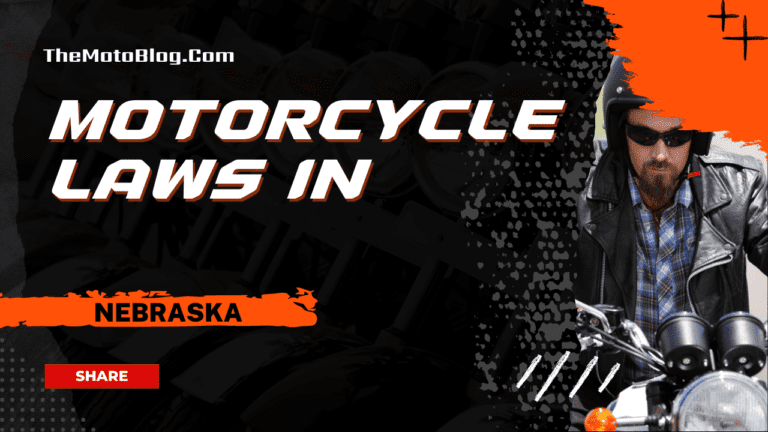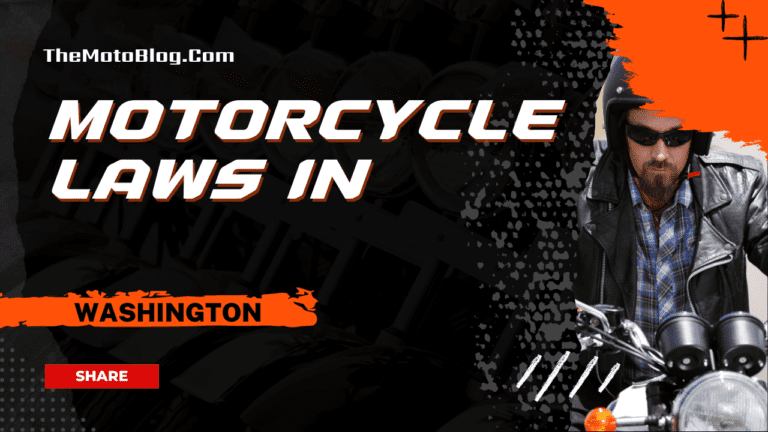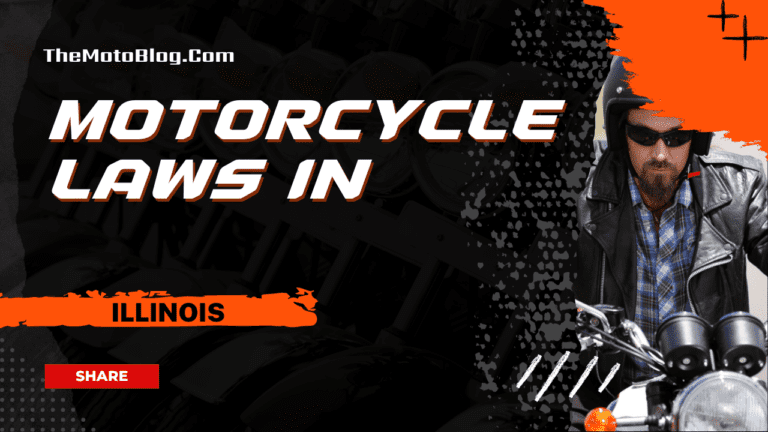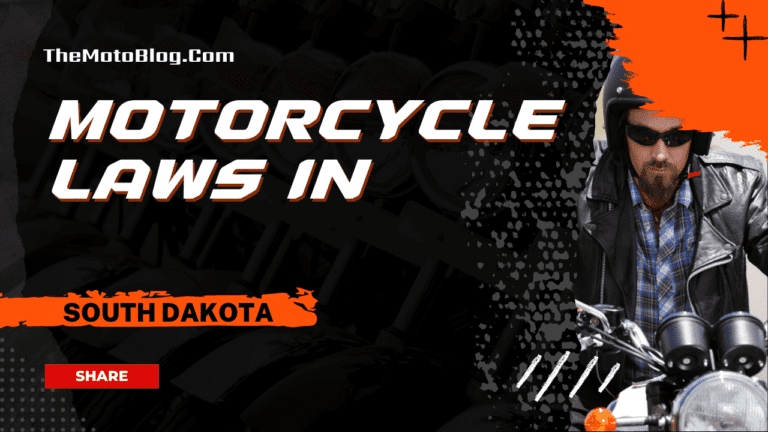Motorcycle Laws in Iowa: A Comprehensive Guide for Bikers
Iowa’s motorcycle regulations create a framework that balances rider freedom with public safety across the Hawkeye State’s diverse roadways. Situated in the heart of the Midwest, Iowa shares borders with Minnesota to the north, Wisconsin to the northeast, Illinois to the east, Missouri to the south, Nebraska to the west, and South Dakota to the northwest. Understanding these regulations is essential for both residents and visitors planning to explore Iowa’s scenic routes and roadways. From licensing requirements to equipment specifications, these laws ensure safe operation while maintaining the spirit of motorcycling freedom that Iowa riders cherish.
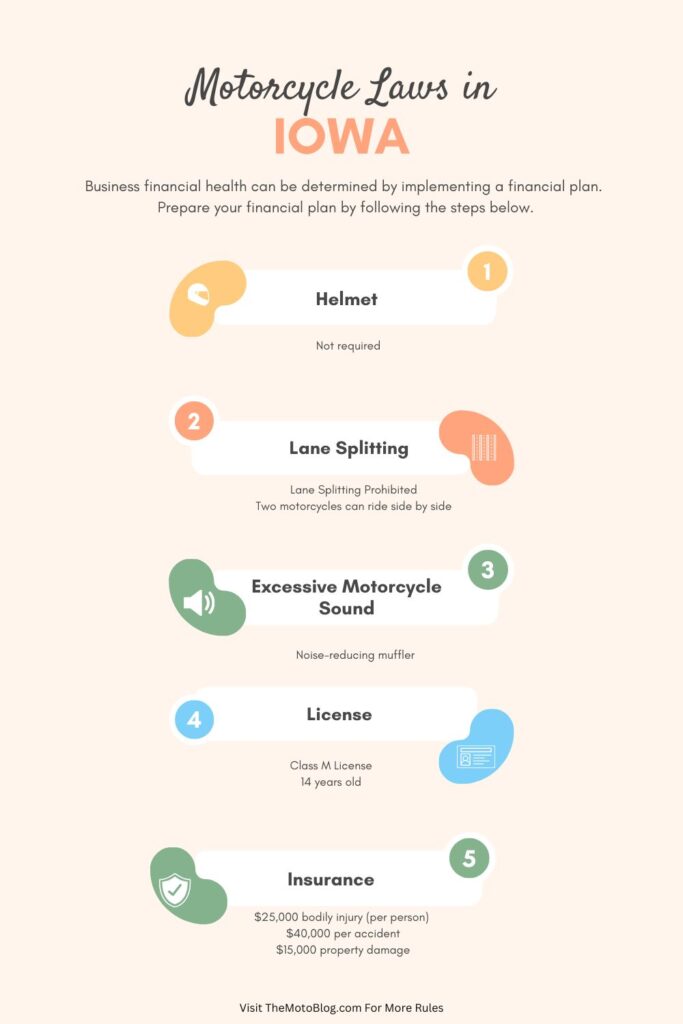
| Requirement | Details |
|---|---|
| License Type | Class M License |
| Minimum Age | 14 years old |
| Helmet Law | Not required |
| Insurance Minimums | • $25,000 bodily injury (per person) • $40,000 per accident • $15,000 property damage |
| Lane Splitting | Prohibited |
| Lane Sharing | Two motorcycles can ride side by side |
| Required Equipment | • Working headlight • Taillight • Brake light • License plate light • At least one rearview mirror • Noise-reducing muffler |
| Passenger Requirements | • Designated passenger seat • Passenger footrests • Must not interfere with rider control |
| Documentation Required | • Valid license • Registration • Proof of insurance |
| Instructional Permit | • Valid for four years • Requires licensed motorcyclist supervision |
| Lighting Requirements | All original equipment must be maintained |
| Vehicle Modifications | Must meet state safety standards |
| Electronic Devices | Handheld devices prohibited while riding |
| Special Exemptions | • Agricultural purposes • Emergency services • Political/utility work • Trail maintenance |
| Testing Requirements | • Vision screening • Knowledge test • Skills test |
Licensing Requirements
Operating a motorcycle in Iowa requires specific credentials and adherence to state regulations. The Class M license is mandatory for all motorcycle operators, with the state implementing a graduated licensing system to ensure rider competency.
Age and Testing Requirements
- Minimum age requirement: 14 years old
- Vision screening mandatory
- Knowledge test covering traffic laws and motorcycle operations
- Skills test demonstrating riding proficiency
- Valid instructional permit requires licensed motorcyclist supervision
Helmet and Safety Equipment Laws
Iowa stands out among neighboring states with its unique approach to helmet laws, contrasting with states like Illinois and Missouri.
Operating Rules and Regulations
Lane Usage and Traffic Rules
- Full lane usage rights for motorcycles
- Lane splitting prohibited
- Two motorcycles permitted side-by-side in single lane
- Mandatory equipment includes headlight, taillight, and rearview mirror
Equipment Requirements
- Minimum one rearview mirror
- Footrests required for both operator and passenger
- All lighting equipment must remain functional
Insurance Requirements
Iowa maintains strict insurance requirements for motorcyclists:
- $25,000 bodily injury coverage per person
- $40,000 per accident coverage
- $15,000 minimum property damage coverage
Vehicle Specifications
Required Equipment
- Working headlight and taillight
- Functional brake light
- License plate illumination
- Noise-reducing muffler
- All modifications must meet state safety standards
Passenger Laws
Passenger safety regulations include:
- Mandatory passenger seat and footrests
- Proper positioning to avoid interference with rider control
- Clear safety guidelines for passenger transport
Registration and Documentation
Proper documentation requirements include:
- Motorcycle registration
- Proof of insurance must be carried while riding
Traffic Laws and Road Rules
Motorcyclists must:
- Adhere to posted speed limits
- Avoid handheld electronic devices while riding
- Follow all standard traffic regulations
Special Circumstances
Iowa provides exemptions for:
- Trail maintenance activities
- Agricultural operations
- Emergency services
- Political subdivision work
Iowa’s motorcycle laws reflect the state’s commitment to maintaining a balance between rider freedom and public safety. While some regulations may differ from neighboring states like Illinois or Missouri, Iowa’s comprehensive framework ensures that both residents and visitors can enjoy safe riding experiences across the state’s diverse landscapes. Whether you’re a local rider or planning to explore Iowa’s scenic routes, understanding and following these regulations is crucial for a safe and legal riding experience. As you venture into neighboring states like Wisconsin or Minnesota, remember that regulations may vary, making it essential to stay informed about each state’s specific requirements. By following these guidelines, motorcyclists can confidently navigate Iowa’s roadways while ensuring compliance with state law.
Motorcycle Laws in the US By States
If you liked this article, then please subscribe to our YouTube Channel for more Bike Videos. You can also find us on Instagram, Twitter and Facebook.
Disclosure: As an Amazon Associate, I earn from qualifying purchases. Read more about Amazon Affiliate Disclaimer.

Vishwanath Mathpati
I am Vishwanath Mathpati, a full-time Blogger and Motorcyclist from Bidar, Karnataka. I love writing about my Motorcycles Stories and Riding Gears on this blog.
Know More About Me.


